Nov 30, 2023
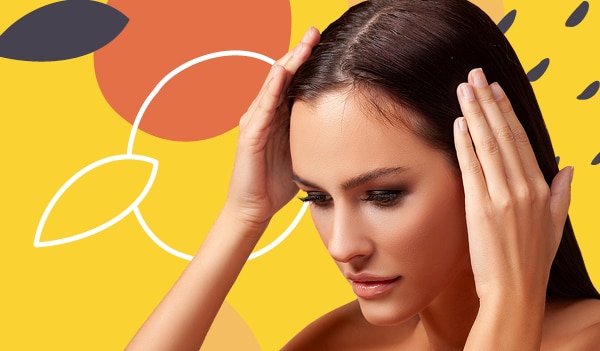
There are many factors that contribute to the health and look of your mane. One of the major aspects that often gets ignored is the hairline, and, its proper care. Defined by characteristics like shape, height and hair growth, your unique and distinctive hairline can say a lot about the state your hair is in. And the best way to take care of your hairline is to identify its type and take active steps to protect it from damage. Simply put, a hairline is the edge of the region from where hair starts to grow. Placed on your forehead, it outlines your hair and is visible clearly with your tresses pushed back. In this article, we are looking at the different types of hairlines in women so that you can find the one that fits you and learn how to best care for it…
- Types of hairlines in women
- Factors influencing your hairline type
- Good hairline vs Bad hairline
- How to protect your hairline?
- How to change your hairline type?
- Clinical interventions for hairline change
- FAQs about hairlines
Types of hairlines in women
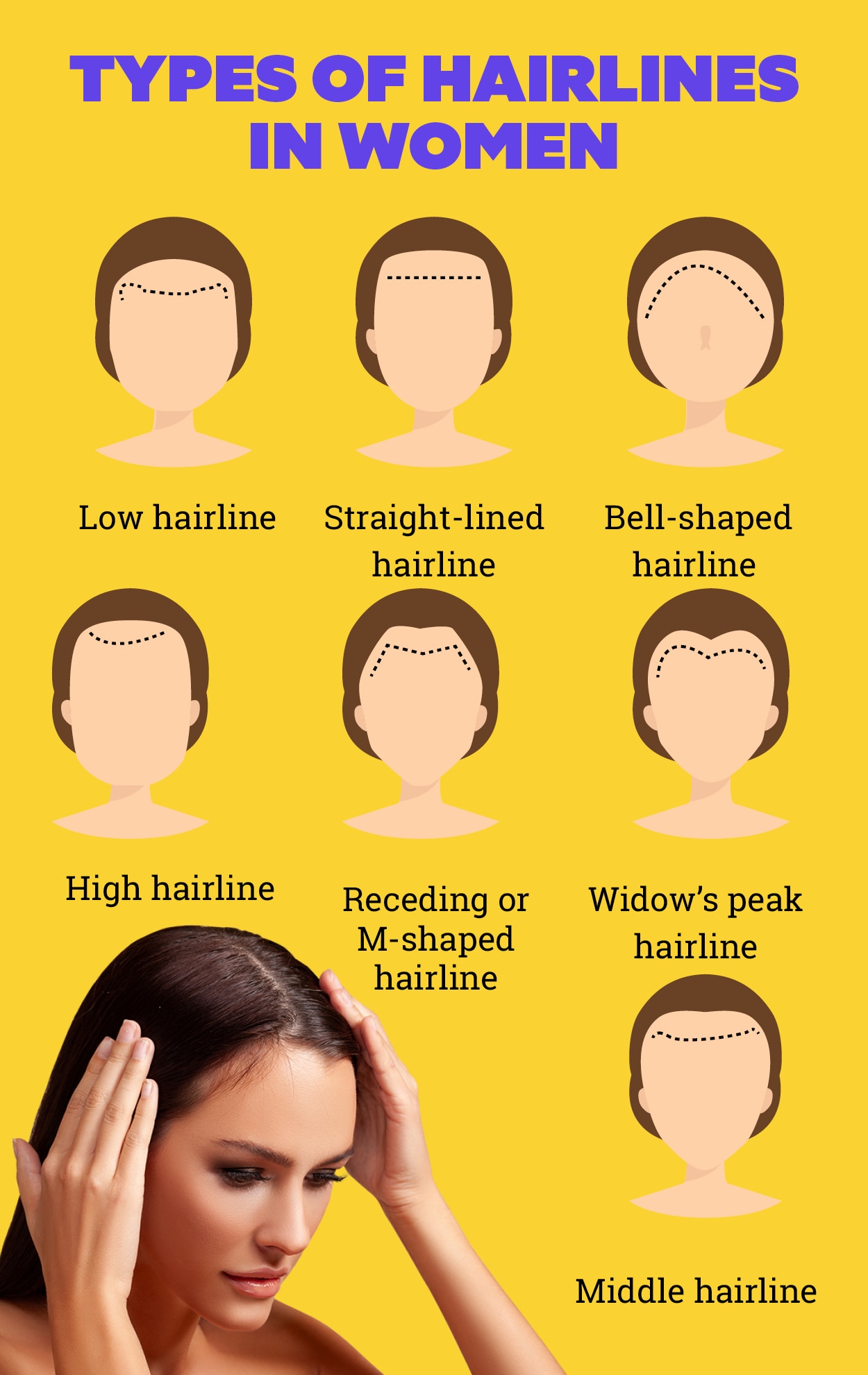
As seen above, women's hairlines can be broadly categorised in seven different ways-
- Low hairline - A low hairline is identified by an edge that sits comparatively close to your eyebrows. This results in your forehead having a narrow and small quality to it.
- Middle hairline - The most common kind of hairline seen in women, middle hairlines sit right in the middle of your forehead. They are also referred to as average, or normal hairline, given their commonality and ease of management.
- High hairline - A high hairline begins high up on the crown of your head and gives the appearance of a very large forehead.
- Straight-lined - A straight-lined hairline sits straight across your forehead and is often rectangular in shape.
- Widow’s peak - As the name suggests, a widow's peak has a very unique V-shape to it. you can see a very distinctive point of the 'V' at the centre of the forehead, around which there is sparse or no hair.
- Bell-shaped - A bell-shaped hairline is rounded, oval or bell-shaped hairlines - all being very symmetrical in nature. It is not uneven, has a curved look and can make your forehead appear relatively longer.
- Receding hairline or M-shape - Even though receding hairlines are more common in men than women, there are some instances of it. M-shaped hairlines recede straight back horizontally, making your entire forehead stick out. And even though receding hairlines differ from female pattern baldness, they are a sign that your hair just stopped growing at some point.
Factors influencing your hairline type
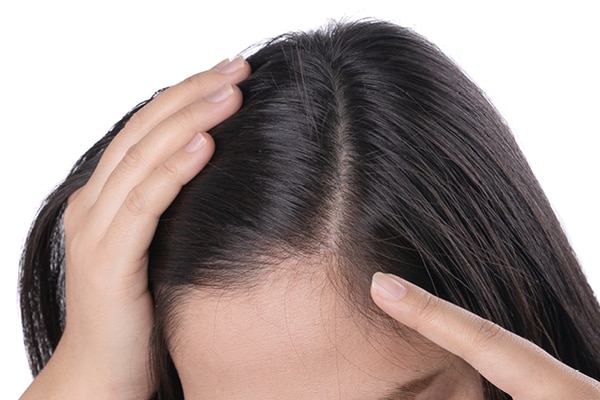
Some of the leading factors that determine the kind of hairline you have are -
- Age - Both women and men will notice their hairline recede, in varying intensities with age. This is why women with low hairiness start to notice a recession very late in life. Some hairlines, like Widow's peak, can even get less prominent in age for some.
- Hormones - Factors like hormonal hair loss and hair fall can lead to uneven hairlines in some women, especially during menopause and pregnancy.
- Genetics - For most people, hairlines are genetic in their source; with some genetic disorders like frontonasal dysplasia even causing unevenness in the look of the hairlines.
- Hair habits - Hair styling practices like pulling or tugging the hair too tightly for a long period of time can affect your hairline, temporarily or permanently. Regular chemical treatments of the hair can also contribute to a shift in your original hairline type.
Good hairline vs Bad hairline
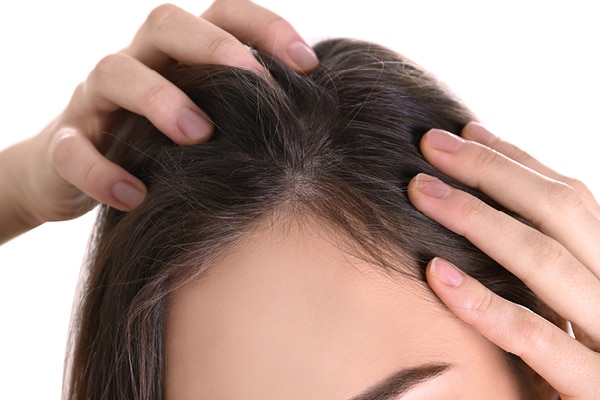
Now that you are aware of all the major types of hairlines and found one that matches yours, what exactly constitutes a good or bad hairline? Generally speaking, low, middle, straight-lined, and bell-shaped hairlines are considered to be some of the good types of hairlines. This assessment is based on the fact that these types of hairlines do not make your forehead look big or broad. In fact, a straight hairline and a bell-shaped hairline makes it easier for you to achieve any hairstyle you want.
On the other side, a high or receding hairline may lead to female pattern baldness. This is why they are considered bad hairlines to have and a doctor's consultation is recommended to help fix them.
How to protect your hairline?
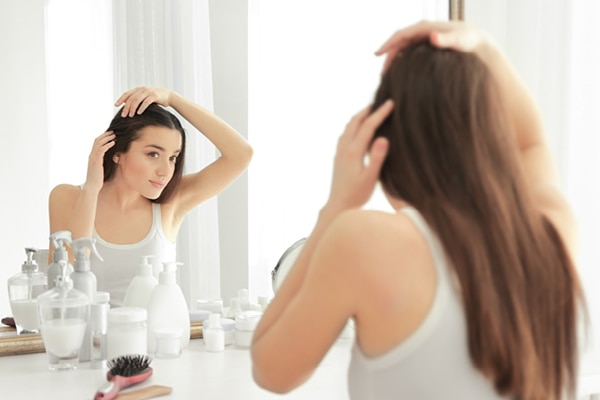
Even though there are a number of factors that determine the state of your hairline, there are some ways to protect it. Some of the effective tips are -
- Massage your hairline - When you oil your hair, take the product all the way to the edge of your hairline and massage gently. The hairline is often skipped during a head massage which is why you have to actively remember to do it. Nourishing hair oils, like coconut, jojoba, olive, and almond oil, can help improve blood circulation in this area and promote hair growth.
- Keep your hair moisturised - Always follow up your shampoo with a conditioner and indulge in weekly deep conditioning sessions to keep your hair moisturised. Hydrated hair helps seal your hairline with a nourished barrier and protects it from external damage.
- Manage your hair loss - Hair fall is one of the major causes behind a damaged hairline, which is why paying close attention to it can help protect it. Include an anti-hairfall shampoo and conditioner in your routine and use leave-in treatments that help strengthen the roots and shaft of your tresses.
- Eat a healthy diet - Haircare is equally about how you treat your body internally as much as it is about external habits. Your hair needs essential nutrients like protein, biotin, fatty acids, and folic acid (iron) to maintain its health. Include colourful fruits and leafy vegetables in your diet to meet the nutrient count. Also, enrich your diet with whole grains, lentils, meat, fish, seeds and nuts to help nourish your hair from the inside. Biotin and omega-3 supplements also help manage a hair-healthy diet.
Wear your tresses in protective hairstyles - A tight bun may seem like a good idea on a busy day, but we recommend a protective braid to keep your hair out of your face instead. Do not wear hairstyles that pull on your hairline tightly for long hours and keep it tension-free while you sleep.
How to change your hairline type?
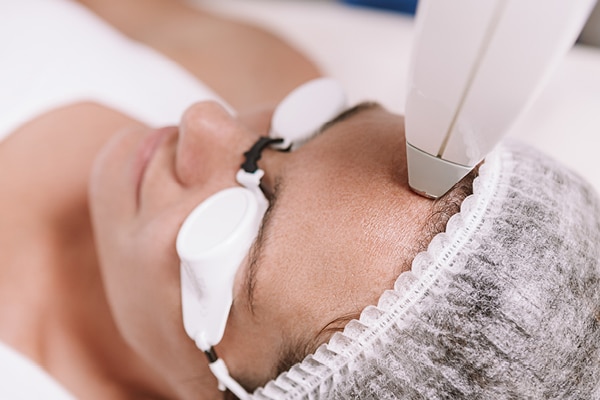
If you are not happy with your natural hairline, there are some simple ways to change it to your liking. Some of them are -
- Customised hairstyles to change or cover up an unflattering hairline
- Clinical techniques like laser hair removal or electrolysis to manage low hairlines
- Red light therapy or microblading stimulate hair growth along your hairline and alter it
- At-home grooming techniques like shaving and tweezing can be used to disguise a not-so-flattering hairline
Clinical interventions for hairline change
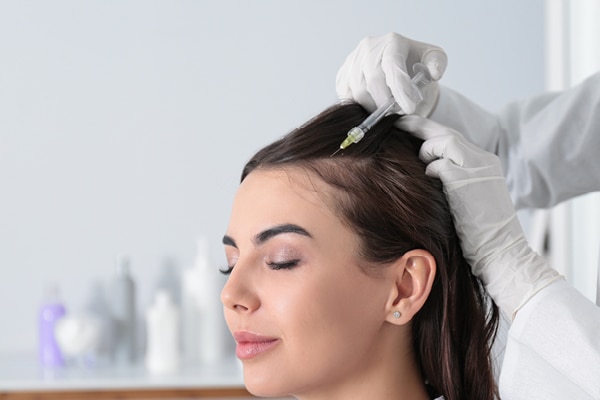
If you're looking for a drastic change in your hairline, there is a need for clinical intervention for the same. Certain medications can be prescribed by a trichologist to boost hair growth. However, you need to consult your doctor for any drug interactions they may have to avoid side effects. Alternatively, you can also opt for a hair transplant, which is an in-office, clinical procedure to place hair along your hairline and change its shape.
FAQs about hairlines
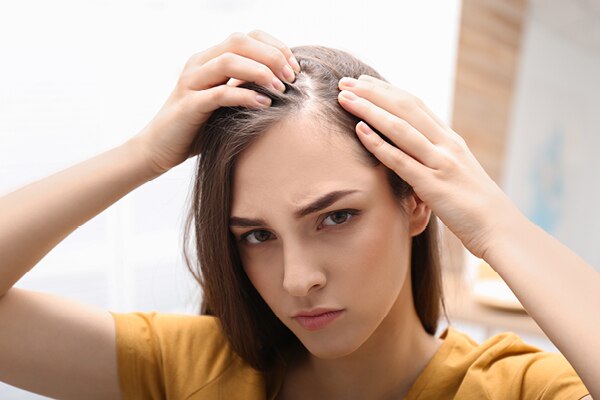
Q. Can a hairline be changed with cosmetic surgery?
A. Yes, cosmetic procedures to alter or change hairlines are available as in-patient services and can help alter the shape, height or overall appearance of hairlines dramatically.
Q. At what age do you get a mature hairline?
A. Your hairline reaches its maturity by the age of 17, but can still show changes till the age of 29. Your genetics do not play a role in when your hairline will reach maturity and the speed of maturing is varying in different individuals.
Written by Sumona Bose on Nov 30, 2023
Sumona Bose is a writer, skincare junkie and a self-professed makeup connoisseur. Equipped with a Master's degree in Fashion Management and over 3 years of experience writing in the beauty and fashion space, her passion for learning new things has no bounds. Working closely with dermatologists, beauty excerpts, makeup artists and hairstylists, she brings you the best of all things beauty. From trending skincare ingredients to makeup looks that help you slay, she manages to bring something new (and vital!) to our readers every single time. Her hobbies include home workouts, watching foreign films and binge-watching makeover shows!





































